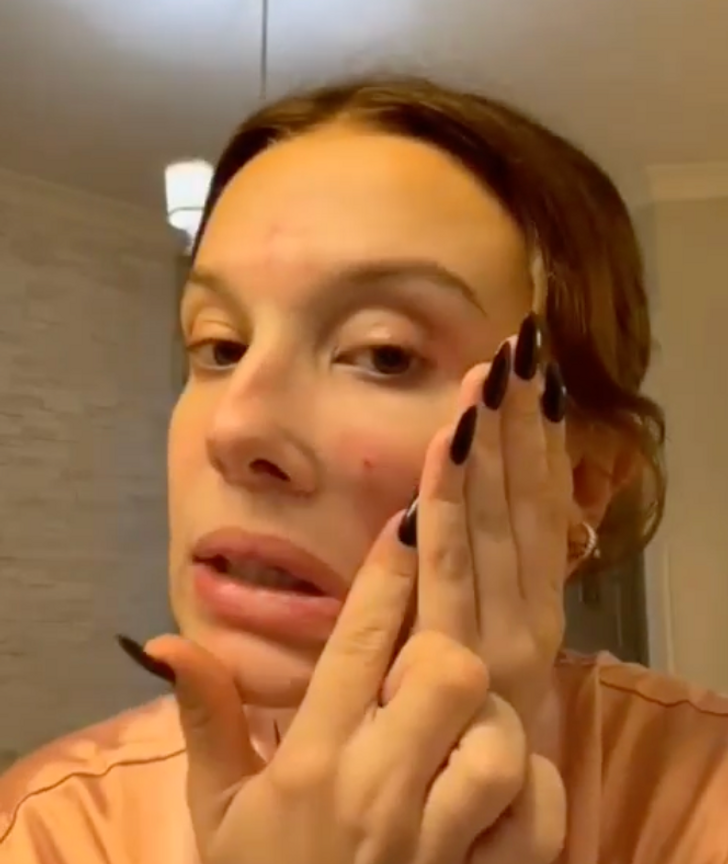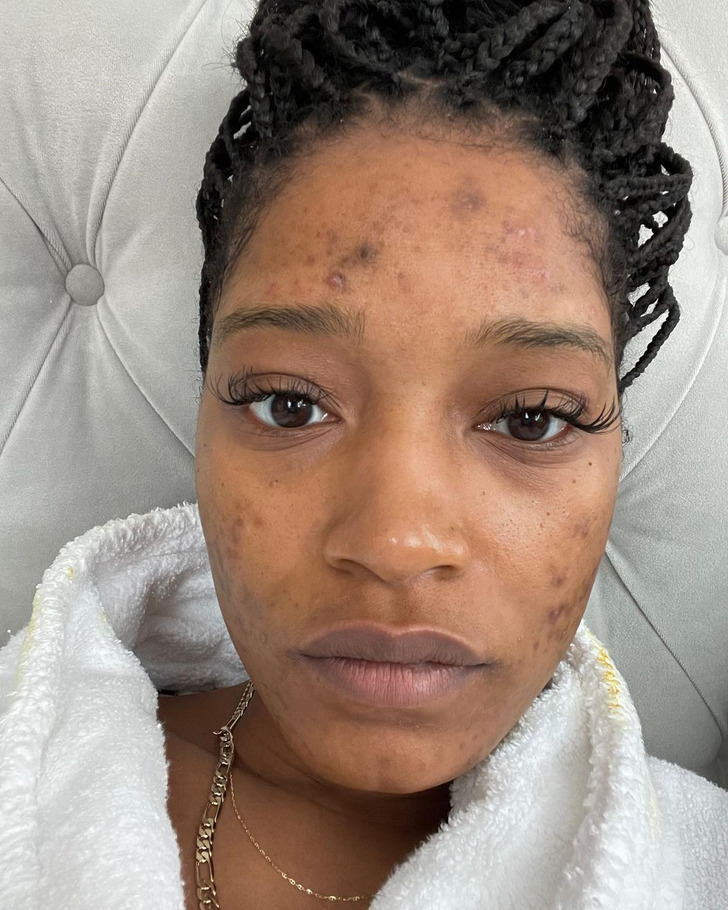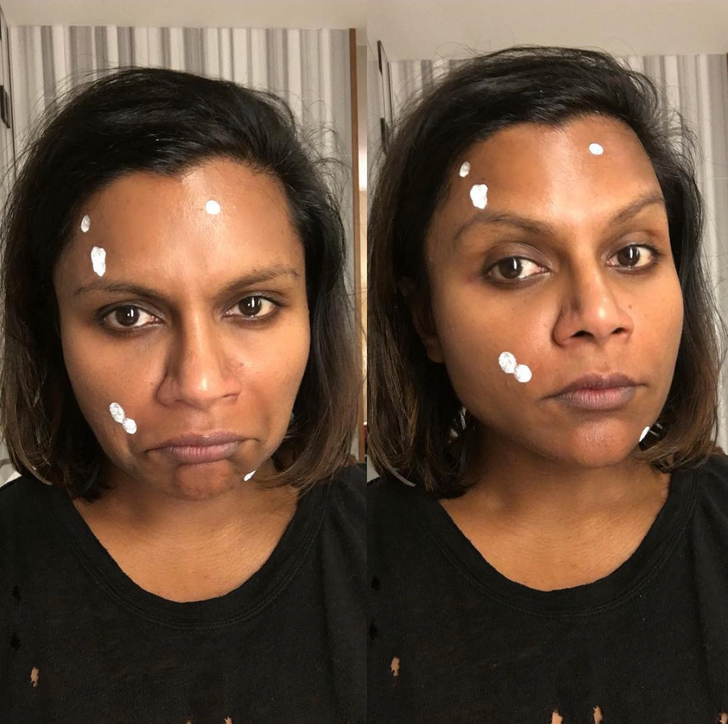How the Skin Positivity Movement Has Changed Attitudes Toward Skin and Helped Millions of People to Accept Themselves
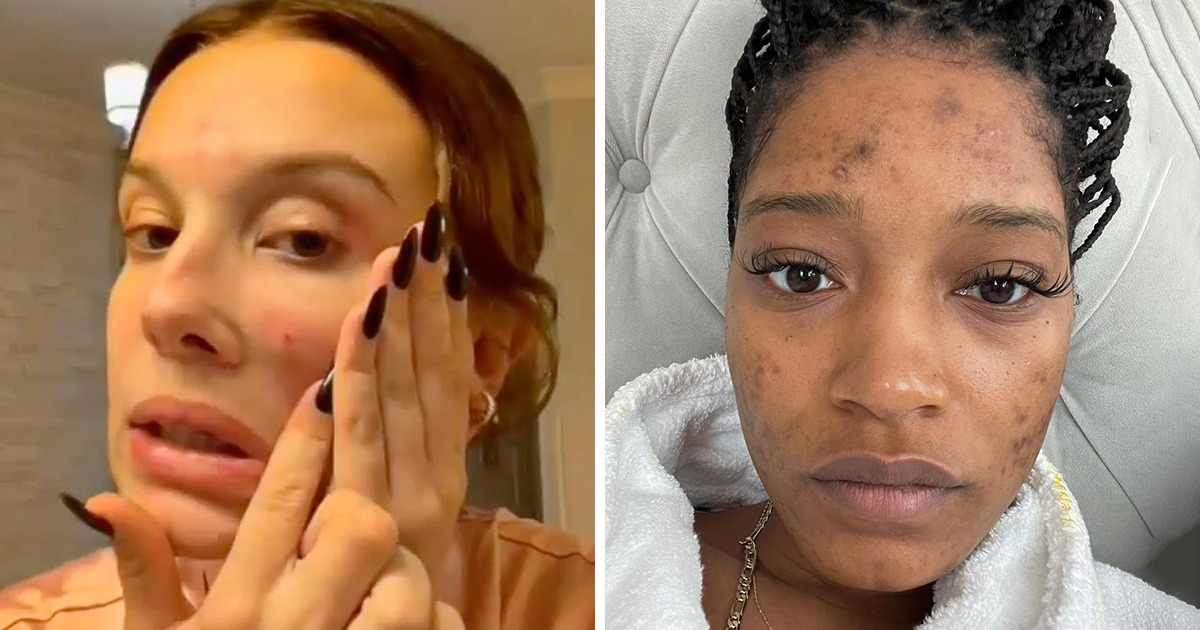
The largest organ of our body has had a tough time. For a long time in the media, the skin has been scrutinized under a magnifying glass, criticized for even the slightest flaw, and photoshopped at every opportunity. Luckily, skin positivity is now trending. We will tell you what values guide this movement and why we should all join it.
Skin problems were taboo.
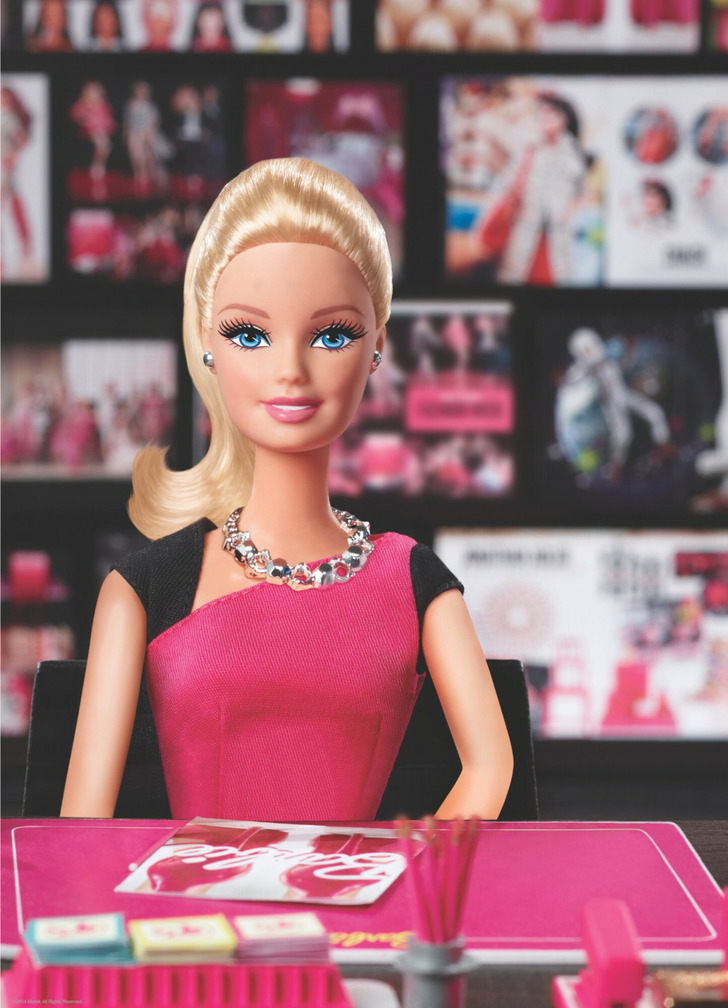
For decades, in the pages of magazines, adverts, and, more recently, social media pages, we’ve been looking at perfect faces. At some point, flawless, porcelain skin became the norm. The trend toward the non-existent perfection of life has made wrinkles, pimples, enlarged pores, and post-acne a taboo.
Taboo has played a cruel joke on our mental health.
According to a recent survey, about 20% of people are dissatisfied with the condition of their skin. And more than half of those surveyed with skin disorders feel judged by society because of their appearance. Experts say skin disorders are closely linked to feelings of anxiety and depression. For example, Isabel Thomas from Cardiff, who had acne at the age of nine, admits that it sometimes kept her from going out: “I felt so humiliated in the way I looked.”
Skin positivity is changing the world for the better.
Every action has an opposite reaction. And so the endless stream of photoshopped pictures has found its own solution. It’s called skin positivity. It’s a movement in which people share unedited photos of their faces with skin “imperfections” and encourage others to speak up about the problem. Young actress Millie Bobby Brown did just that. She showed her acne-prone skin in a video dedicated to her cosmetics brand.
Skin positivity aims to normalize skin in all its forms.
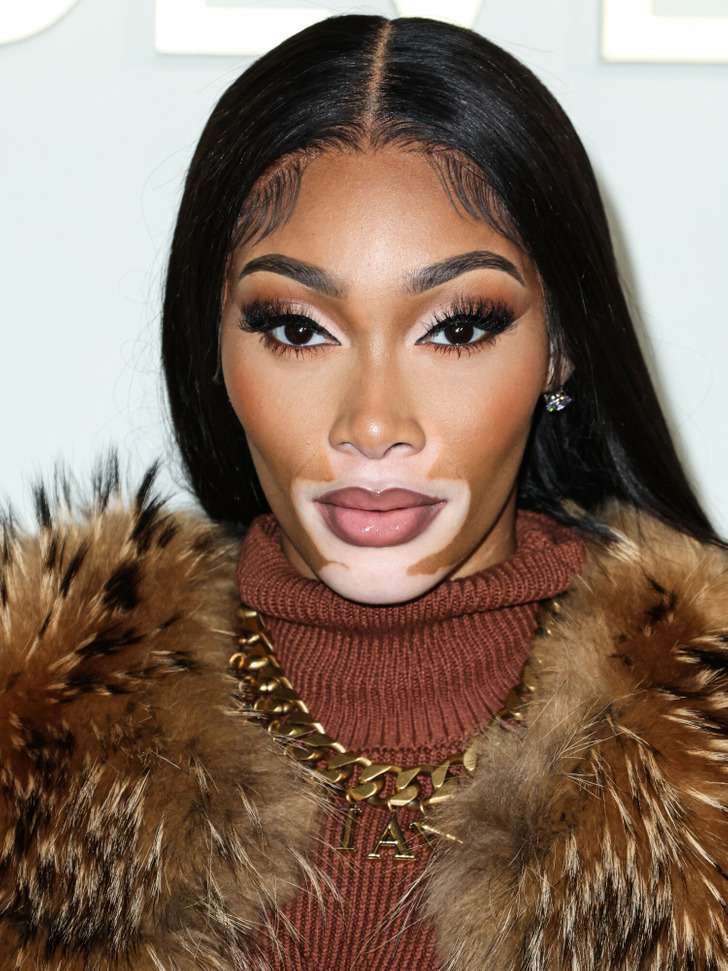
Skin positivity aims to normalize skin features that have long been taboo. Acne, scars, enlarged pores, blackheads, and wrinkles are something most of us face on a regular basis. And the movement doesn’t stop there. For example, people with psoriasis, vitiligo, eczema, and other conditions can now be seen and heard too.
Celebrities are joining the skin positivity movement.
Celebrities are no strangers to unrealistic beauty standards. Many famous people have previously highlighted the ridiculous photoshopping of their photos in the media. Now many of them have embraced the skin positivity movement and shared their personal stories.
For instance, Keke Palmer spoke about her acne caused by polycystic ovary syndrome. The actress told the world about her struggle with the disease and showed unedited photos of her face.
Singer Lorde has struggled with acne all her life and isn’t embarrassed to talk about it: “For anyone out there who has got bad skin — I feel your pain. We’ll get there, we will. I promise.”
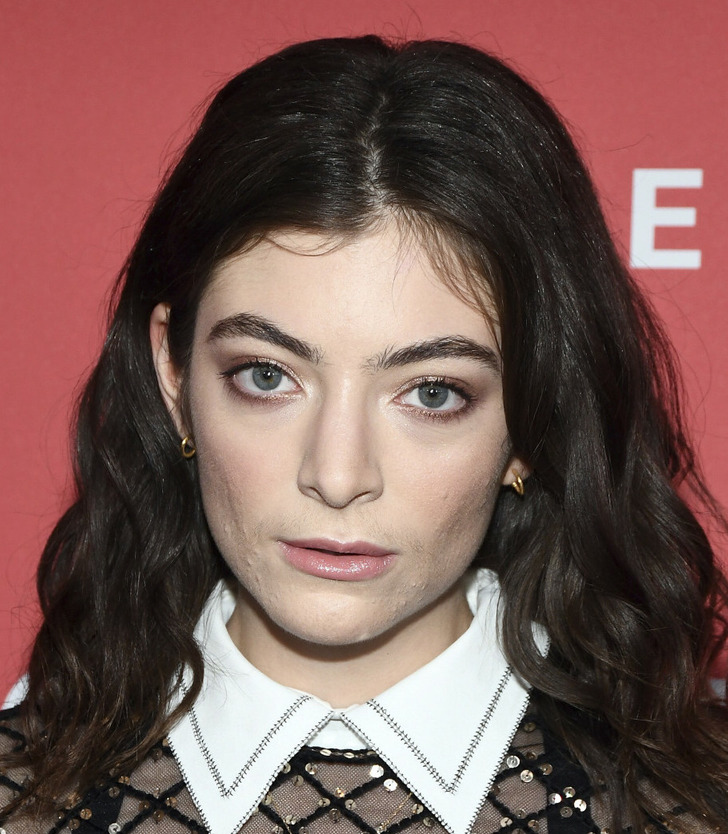
Lili Reinhart occasionally gets rashes, and, for now, the star is working on accepting herself: “I always text my mom when I have a bad breakout.”

It was her battle with acne that led Kendall Jenner to skin positivity: “I didn’t think I’d see the day where I would feel confident posting a makeup-free picture. My goal is to open up a dialogue around skin positivity.”
Victoria’s Secret model Taylor Hill is no stranger to skin problems: “I struggle with acne and I’ve struggled for a long time, probably since I was 15 because of makeup, travel, and hormones.”
Mindy Kaling aims to normalize acne in adults: “I break out less than I did when I was a teenager, but it’s never gone away, and I don’t think it ever will.”
Skin positivity suggests not masking the problem but dealing with the issue and sharing one’s own experiences openly. Guilt and shame are replaced by self-acceptance and unconditional love. After all, it’s what makes us unique.
Are you hooked on the topic of skin positivity and want to keep reading? Then take a look at these 15+ inspiring no-makeup selfies.
